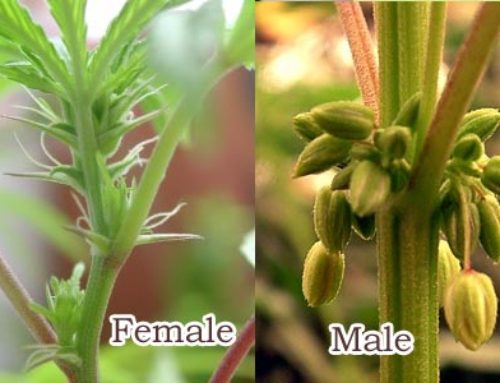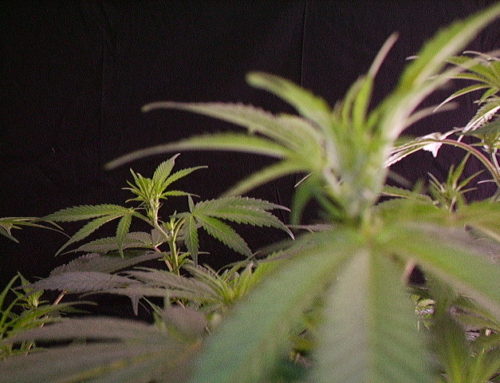Introduction
Indoor cannabis cultivation offers numerous advantages, including controlled environments and enhanced security, thus Unveiling Common Pests and Diseases in Indoor Cannabis Cultivation is important. However, it also presents unique challenges, particularly concerning pest and disease management. In this comprehensive guide, we delve into the common pests and diseases that plague indoor cannabis cultivation, along with effective prevention and control strategies.
Understanding Common Pests
- Spider Mites: These minuscule pests are among the most dreaded in indoor cannabis cultivation. Spider mites thrive in warm and dry conditions, making indoor grow rooms ideal habitats. They pierce plant tissues and feed on sap, causing yellowing leaves, stunted growth, and webbing on the plant surface.
Prevention and Control: Maintain proper humidity levels, regularly inspect plants for early signs of infestation, and employ biological controls like predatory mites or insecticidal soaps.
- Thrips: Thrips are tiny insects that feed on cannabis leaves, leaving behind silver or bronze streaks and causing leaves to curl or distort. They can transmit viruses and weaken plants, affecting overall yield and quality.
Prevention and Control: Implement rigorous sanitation measures, including cleaning equipment and eliminating plant debris. Biological controls such as predatory insects and neem oil can help manage thrip populations effectively.
- Aphids: Aphids are common sap-sucking insects that colonize cannabis plants, especially during the vegetative stage. They reproduce rapidly and can cause significant damage by deforming leaves, excreting honeydew, and transmitting diseases.
Prevention and Control: Introduce natural predators like ladybugs, lacewings, or parasitic wasps to control aphid populations. Regularly inspect plants and promptly remove heavily infested ones to prevent further spread.
Combatting Common Diseases
- Powdery Mildew: Powdery mildew is a fungal disease characterized by white powdery patches on leaves, stems, and buds. It thrives in warm and humid conditions, making indoor grow rooms susceptible, especially if airflow is insufficient.
Prevention and Control: Ensure proper ventilation and air circulation within the grow room. Implement preventive measures such as maintaining lower humidity levels, spacing plants adequately, and applying fungicidal treatments as needed.
- Botrytis (Gray Mold): Botrytis cinerea is a fungal pathogen that can devastate cannabis crops, particularly during flowering. It manifests as grayish-brown fuzzy patches on buds and flowers, eventually leading to rot and loss of yield.
Prevention and Control: Maintain optimal environmental conditions, including temperature and humidity control. Regularly inspect plants for signs of infection and promptly remove affected areas. Implement cultural practices such as pruning to improve airflow and reduce moisture retention.
- Root Rot: Root rot is a common issue in indoor cannabis cultivation, often caused by overwatering, poor drainage, or soil-borne pathogens. It compromises root health, leading to wilting, yellowing leaves, and stunted growth.
Prevention and Control: Practice proper watering techniques, allowing the soil to dry out between watering sessions. Improve drainage by using well-aerated growing mediums and pots with drainage holes. Treat affected plants with beneficial microbes or fungicides to suppress root rot pathogens.
Integrated Pest Management (IPM) Strategies
Implementing an integrated pest management (IPM) approach is crucial for effectively managing pests and diseases in indoor cannabis cultivation. Key components of IPM include:
- Cultural Practices: Maintain cleanliness, proper sanitation, and optimal growing conditions to minimize pest and disease pressure.
-
Biological Controls: Introduce beneficial insects, predatory mites, or nematodes to control pest populations naturally.
-
Mechanical Controls: Use physical barriers, such as sticky traps or screens, to prevent pest entry and trap flying insects.
-
Chemical Controls: As a last resort, employ chemical pesticides or fungicides, ensuring they are safe and approved for use on cannabis.
Conclusion
Successful indoor cannabis cultivation requires vigilant pest and disease management strategies. By understanding the common pests and diseases that afflict cannabis plants and implementing proactive prevention and control measures, cultivators can safeguard their crops and ensure optimal yield and quality. Remember, early detection and swift action are key to mitigating the risks associated with pests and diseases in indoor cannabis cultivation.




[…] Source link […]
[…] Source link […]
[…] Introduction Indoor cannabis cultivation offers numerous advantages, including controlled environments and enhanced security, thus Unveiling Common Pests and Diseases in Indoor Cannabis Cultivation is important. However, it also presents unique challenges, particularly concerning pest and disease management. In this comprehensive guide, we delve into the common pests and diseases that plague indoor cannabis cultivation, along with Source […]